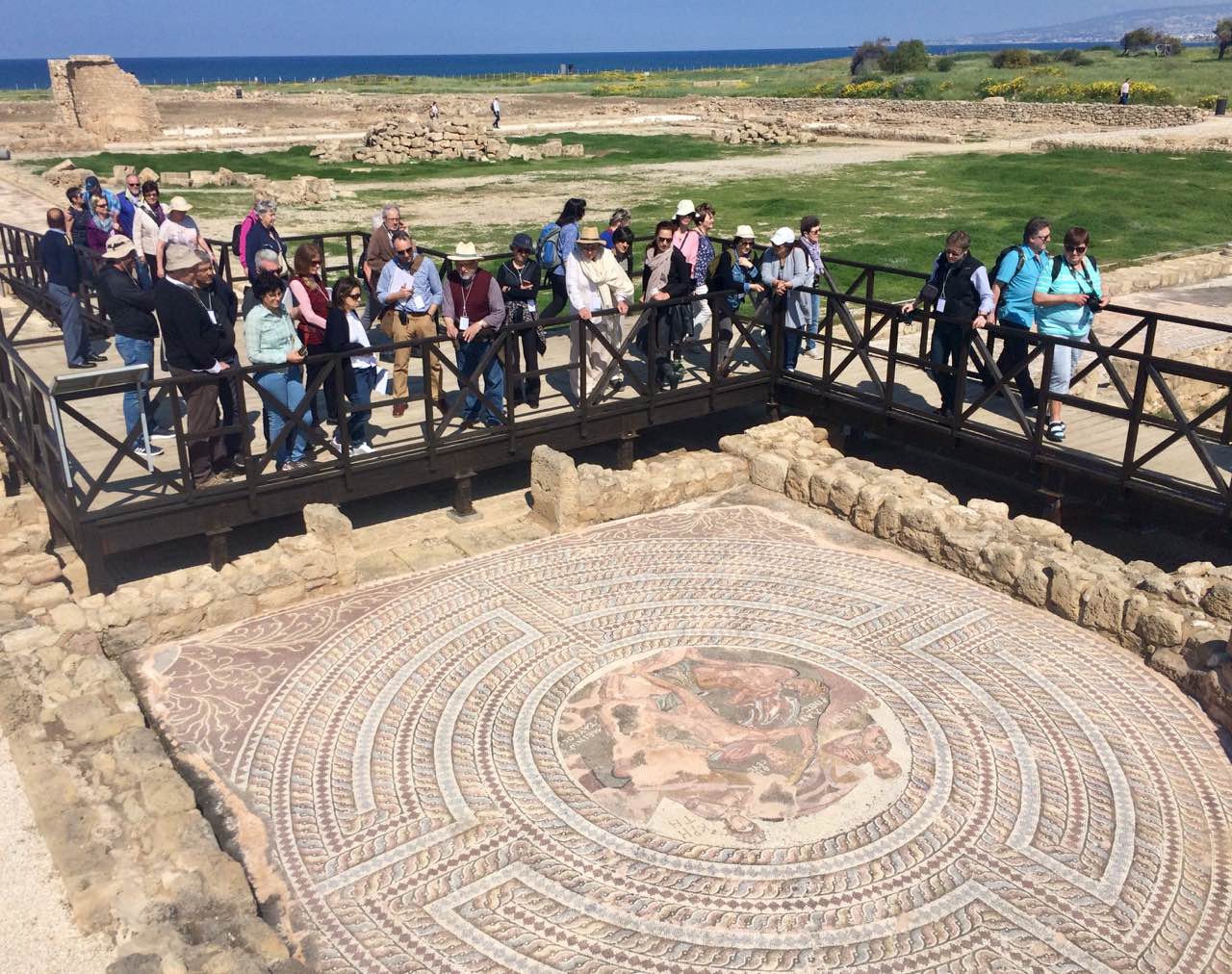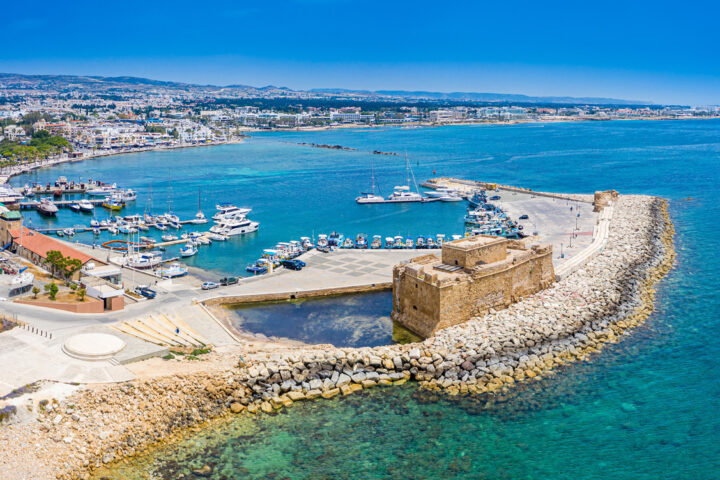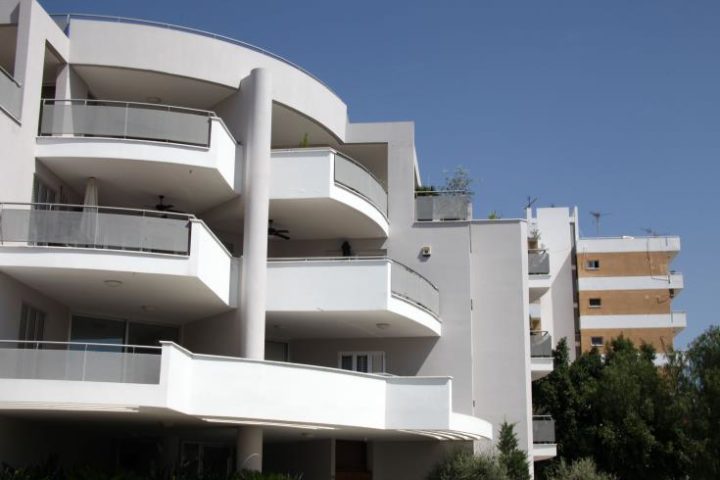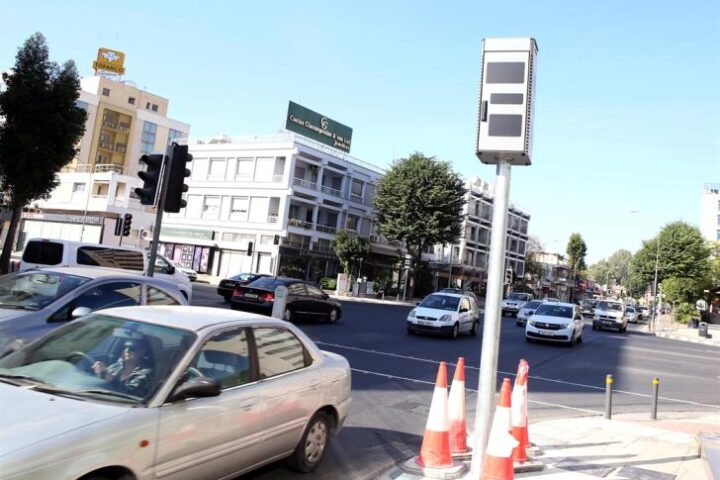The world heritage mosaics in Kato Paphos will get more shelters to protect one of the island’s leading attractions for tourists and history buffs, thanks to a collaboration with the Getty Conservation Institute.
The Department of Antiquities announced Thursday that British award-winning heritage firm Hugh Broughton Architects submitted the winning concept design “for the creation of shelters for the protection and optimal presentation of mosaic floors and archaeological remains.”
The first shelter is for the House of Theseus and will cover the mosaics with a scene from the life of Achilles, Theseus and the Minotaur in the Labyrinth and a complex of baths with geometric mosaics.
The second shelter will protect the House of Orpheus and the mosaics with the battle of Hercules and the lion of Nemea, Orpheus and the animals surrounding him listening to his music and a smaller complex of baths.
The House of Dionysus, the only site with covered protection, will remain in its present form.
“Our collaboration with the Getty Conservation Institute dates back to the late 1990s, and we have been in consultation with them for the framework of the Conservation and Management Plan since 2018,” the Director of the Department of Antiquities, Dr Marina Solomidou-Ieronymidou told the Financial Mirror.
So far, Getty has funded the planning and surveys.
Consultation on the final designs is expected to conclude by the end of the year, after which the construction will go to tender, with an anticipated delivery “in about 2-3 years”.
Hugh Broughton Architects were selected among proposals submitted by six international architectural firms, including Carmody Croarke, Cullinan Studio, Studio Gionata Rizzi, Machado Silvetti and Sela James Architects (in collaboration with Gort Scott).
The mosaics and the archaeological site of Nea Pafos are part of the UNESCO World Heritage Site.
The selections committee considered the proposal submitted by the Hugh Broughton architects for creating a semi-open shelter and provided the most comprehensive and balanced answers to the complex criteria set out in the Design Guide, with priority given to the protection of mosaics.
The structural design keeps the roof’s interior intact, and the inventive solution for the foundation without needing further excavations minimises the project’s impact on the archaeological site.
At the same time, it protects from earthquakes, wind and other hazards.
The shelter prototype’s elements include using local materials such as clay tiles, wooden elements on the walls and other places, consistent with existing structures within and near the archaeological site, and pedestrian bridges.
“We have proposed solutions which minimise the physical and visual impact on the site and make the best use of sustainable passive design techniques to protect the remarkable Roman mosaics and archaeology,” said the head of the winning firm, Hugh Broughton.
His firm was in the news recently for the £5 mln Clifford’s Tower conservation project for English Heritage in York, hailed in the British media as “a pioneering example of how to do a light-touch intervention on a historical monument,” dating back to the Norman conquest.
The firm’s portfolio of high-quality designs includes the Scott Base Redevelopment in Antarctica.










